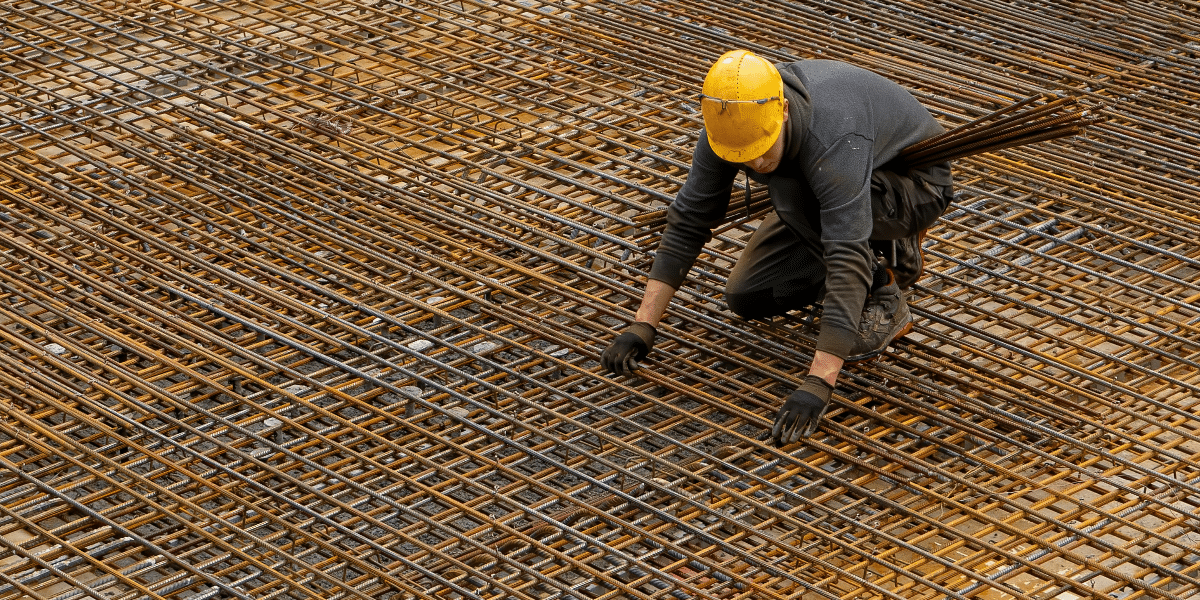Selecting the correct structural steel shapes is essential for the success of any construction project. This decision impacts the structural integrity, budget, and overall efficiency of the work. Understanding how to choose the right shapes can simplify the planning process, ensuring safety and cost-effectiveness. This guide will explore various factors to consider when making this crucial decision.
Understanding Different Structural Steel Shapes
One must first comprehend the different types of structural steel shapes available. Common shapes include I-beams, H-beams, T-beams, and channels. Each shape has unique properties suited for specific applications. For instance, I-beams, with their high strength-to-weight ratio, are ideal for supporting heavy loads. Channels, on the other hand, are often utilized in building frames due to their versatility. Familiarizing oneself with these shapes will aid in making an informed choice. Nucor Skyline structural steel shapes are a good choice for those looking to make a purchase.
Assessing Load Requirements
Another crucial factor involves assessing the load requirements of the project. Load requirements dictate which structural steel shapes will provide adequate support. Projects with heavy loads might benefit from I-beams or H-beams, while lighter structures might only need channels or T-beams. Consulting with a structural engineer can provide insights into the load-bearing capabilities needed, ensuring the chosen shapes meet the project’s demands.
Considering Material Properties
Material properties of structural steel also play a significant role in the selection process. Properties such as tensile strength, ductility, and corrosion resistance must align with the project’s needs. High-tensile strength steel is essential for projects requiring robust support, while corrosion-resistant steel suits environments prone to moisture or chemical exposure. Evaluating these properties ensures the chosen steel shapes will perform optimally under specific conditions.
Cost Efficiency
Budget constraints often influence decisions in construction projects. Selecting cost-effective structural steel shapes without compromising quality is vital. Some shapes might be more affordable due to manufacturing processes or material availability. Comparing prices from various suppliers can help in identifying the premier options within budget. Additionally, opting for standard shapes often reduces costs compared to custom-fabricated pieces.
Ease of Fabrication and Installation
Ease of fabrication and installation is another consideration. Some steel shapes are easier to work with, reducing labor costs and installation time. Shapes like channels and angles are often simpler to fabricate and install, making them suitable for projects with tight schedules. Consulting with fabricators and installers can provide insights into which shapes will streamline the construction process.
Compliance with Building Codes
Maintaining compliance with building codes and regulations is paramount. Different regions have specific building codes that dictate the types of materials and shapes permissible in construction. Familiarity with local codes ensures the chosen structural steel shapes meet legal requirements, avoiding potential issues during inspections. Consulting with a local authority or expert can provide clarity on these regulations.
Future Expansion and Flexibility
Considering future expansion and flexibility can also influence the choice of structural steel shapes. Projects with potential growth or modifications might benefit from shapes that offer easy adaptability. I-beams and H-beams, known for their flexibility, can accommodate future changes without extensive modifications. Planning for future needs ensures the construction remains viable and adaptable over time.
Sustainability Considerations
Sustainability is an increasingly important factor in construction projects. Choosing environmentally friendly steel shapes contributes to sustainable building practices. Recycled steel or shapes designed to minimize material waste align with green building standards. Opting for sustainable options not only benefits the environment but can also enhance the project’s overall value.
Summary
Selecting the right structural steel shapes involves a careful evaluation of various factors. Understanding different shapes, assessing load requirements, considering material properties, and ensuring cost efficiency are all crucial steps. Additionally, ease of fabrication, compliance with building codes, future flexibility, and sustainability play significant roles. By considering these aspects, one can make an informed decision, ensuring the success and longevity of the construction project.
Published By: Aize Perez

















